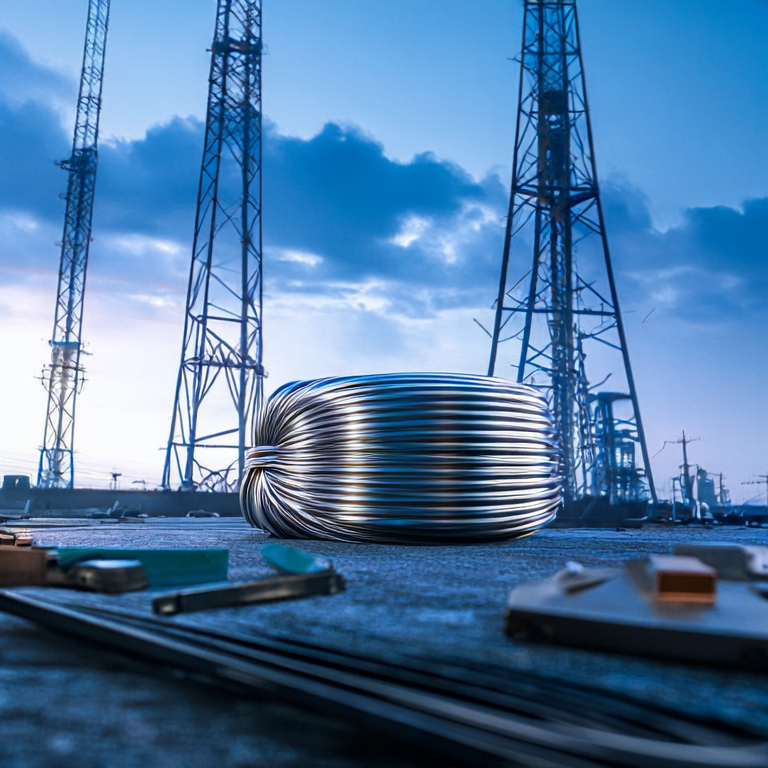Introduction
The production of ACSR Core Wire is essential for electrical applications. However, it raises significant environmental concerns. Many people don't realize how this process affects our planet. **Steel wire manufacturers** often face scrutiny over their role in this issue. The energy needed to produce ACSR core wire can lead to increased carbon emissions. Additionally, the disposal of waste materials can harm local ecosystems. Understanding these impacts is vital for making informed choices about electrical materials and their use in our daily lives.

Summary Answer
**The production of ACSR core wire has significant environmental impacts, including high energy consumption, increased greenhouse gas emissions, and potential harm to ecosystems through waste disposal. It is crucial to understand these effects for sustainable manufacturing practices.**
Subheadings
1. The Energy Consumption of ACSR Core Wire Production
Tertiary content
The manufacturing process of ACSR wire requires a considerable amount of energy. According to industry reports, the production process can use up to 12,000 kWh per ton of wire produced. This level of energy usage contributes to a larger carbon footprint than many consumers realize.
2. Emissions and Air Quality
Tertiary content
The ACSR core wire manufacturing process emits various pollutants, including CO2 and other greenhouse gases. Recent studies indicate that for every ton of wire produced, nearly 2,500 kg of CO2 is released into the atmosphere. This number highlights why the **steel wire manufacturers** industry is often highlighted in discussions about climate change.
3. Waste and the Environment
Tertiary content
Waste management in the ACSR wire industry also poses a challenge. The disposal of byproducts can lead to soil and water contamination. Reports have shown that improper disposal can result in harmful chemicals leaching into the environment. Sustainable practices are necessary to mitigate these risks.
Conclusion
In conclusion, the production of ACSR core wire brings a mix of benefits and challenges. While essential for infrastructure, the environmental impact cannot be overlooked. From high energy consumption to harmful emissions and waste, it underscores the need for responsible practices in the **steel wire manufacturing** industry. Understanding these issues can lead us toward greener solutions.
FAQ
1. **What does ACSR stand for?**
ACSR stands for Aluminum Conductor Steel Reinforced, which is a type of overhead power line conductor.
2. **How does ACSR core wire impact the environment?**
It impacts the environment through high energy consumption, pollution from emissions, and waste disposal challenges.
3. **Are there alternatives to ACSR core wire?**
Yes, there are alternatives, such as aluminum or other composite materials, which may have different environmental footprints.
4. **What regulations affect ACSR production?**
Various environmental regulations aim to reduce emissions and waste in the manufacturing process of ACSR core wire.
5. **Why is understanding ACSR's environmental impact important?**
It guides consumers and manufacturers toward making sustainable choices and encourages the development of eco-friendly practices in the industry.
